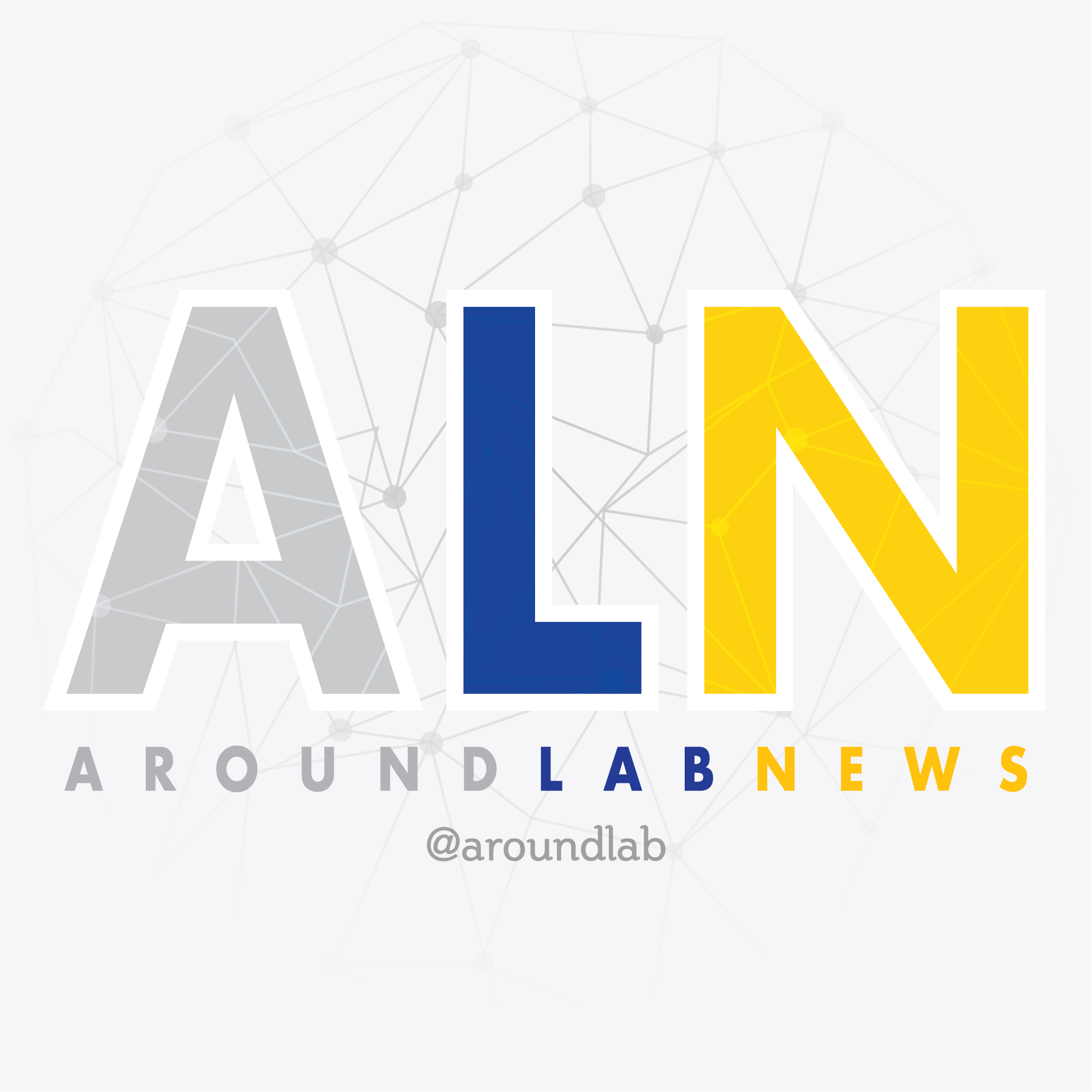COGS (Collaborative Oncological Gene-environment Study) Consortium
We are pleased to present this iCOGS Focus comprising a collection of papers by the COGS (Collaborative Oncological Gene-environment Study) Consortium. This represents a significant advance in our understanding of genetic susceptibility to three hormone-related cancers—breast, ovarian and prostate. To put this collection of 13 coordinated research papers from the COGS (Collaborative Oncological Gene-environment Study) Consortium into context, we have commissioned two accompanying Commentaries. On page 345, John Witte and colleagues survey all of the COGS studies in this collection. Hilary Burton and colleagues provide a public health perspective on these studies (page 349). Burton reports on the efforts of the Foundation for Genomics and Population Health (PHG Foundation) to consider the potential for genetic risk prediction, based on currently known genetic susceptibility loci for breast, ovarian and prostate cancers and considerations for population-based risk screening programs. Finally, we have highlighted a selection of the eight coordinated research publications from COGS published in Nature Communications, The American Journal of Human Genetics, Human Molecular Genetics and PLoS Genetics (page 352).
Together, these papers roughly double the number of susceptibility loci associated with breast, ovarian and prostate cancers. In this issue, Douglas Easton and colleagues report 41 loci newly associated with breast cancer (page 353), Rosalind Eeles and colleagues report 23 loci newly associated with prostate cancer (page 385), and Paul Pharoah and colleagues report 3 loci newly associated with ovarian cancer (page 362). Together with the additional publications in this collection, the authors report a combined total of 74 new susceptibility loci for these cancers, as well as fine-mapping and follow-up functional experiments.
Each of these three studies began with a large-scale genome-wide association study (GWAS) and meta-analysis. The five cancer-specific consortia that comprise COGS selected SNPs showing promising association in each GWAS to include on a custom genotyping array, the iCOGS array, which they developed in coordination with Illumina. The COGS authors also nominated additional variants within regions of particular interest to include on the iCOGS array. They then conducted the replication phase for each of the studies with the shared iCOGS array. This study design provided efficient genotyping for large case-control samples and replication with the high-density iCOGS array designed with content selected from GWAS findings across the three cancers. The benefit of this design is evident in the large yield of new susceptibility loci for each of the cancers studied.
The COGS project serves as an excellent model for collaboration among consortia of consortia. The groups pooled their resources in order to design the single shared custom array in collaboration with Illumina. They also coordinated their ongoing efforts to characterize genetic susceptibility to a range of common cancers. In a similar spirit of cooperation, we were pleased to work with the authors to carry out the coordinated review and publication of this collection of manuscripts from COGS.
We are grateful to our sponsor Illumina, whose support has provided for freely available access to the papers in this Focus and an accompanying website for the next 6 months.
The iCOGS website accompanying this Focus offers additional content and analysis in the form of five Primers, hypertext essays that provide a guided tour through the entire collection of COGS publications. This new publishing format interlaces editorial analysis with threads (the latter is a format that we first used for the ENCODE website, comprising a series of direct quotations from relevant sections of the original research publications).
In the Primers, we discuss the relevance of these studies’ primary findings to genetic susceptibility to these three hormone-related cancers and the heritability explained (doi:10.1038/ngicogs.1), provide an analysis of the shared susceptibility regions (doi:10.1038/ngicogs.2), give a guide to subsequent functional annotation and mechanistic interpretation (doi:10.1038/ngicogs.3), examine genetic risk estimates and considerations for the development of population-based screening programs (doi:10.1038/ngicogs.5), describe the history of the COGS consortium, and the development of the iCOGS array and discuss what the authors have planned for future studies (doi:10.1038/ngicogs.4).
We hope that you will find this printed Focus, as well as the accompanying website, a useful guide to this milestone in genetic epidemiology. We look forward to receiving your feedback on how you use these materials and hope that this will enable your own collaborative research.
a significant advance in our understanding of genetic susceptibility to breast, ovarian and prostate cancer.
Nature Genetics 24 March 2013
Nature Genetics 24 March 2013
2. A detrimental mitochondrial-nuclear interaction causes cytoplasmic male sterility in rice
Nature Genetics 17 March 2013
Nature Genetics 24 February 2013
Font: Nature Genetics

















